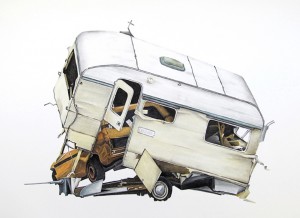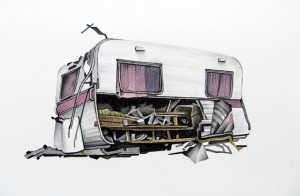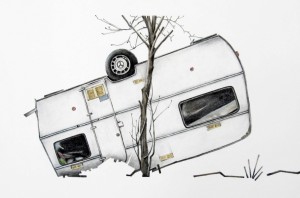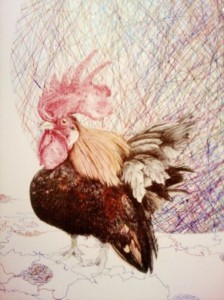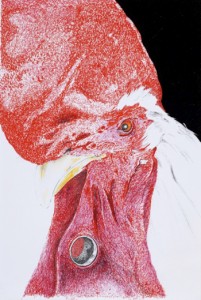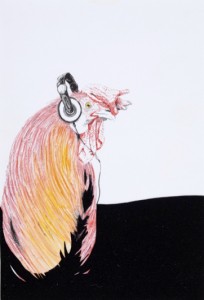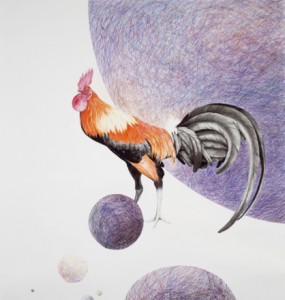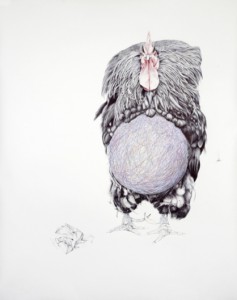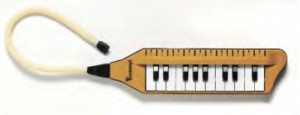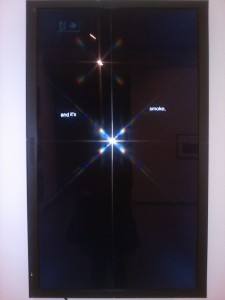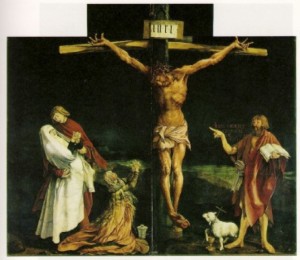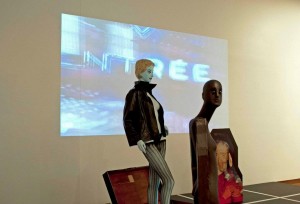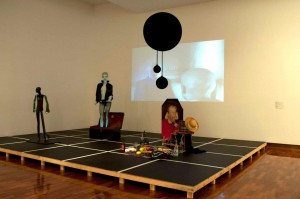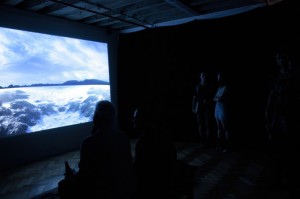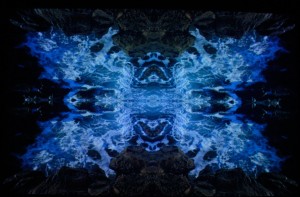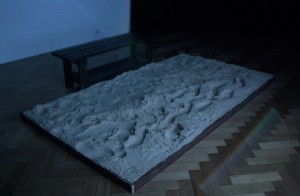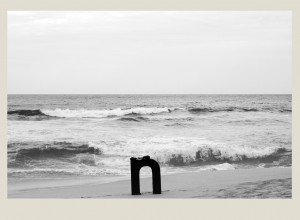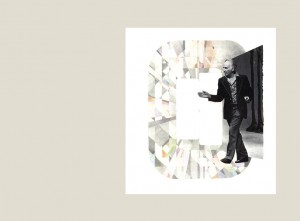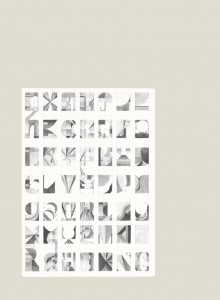Being there—experiencing the art of Louise Bourgeois
I was at a gathering the other night where I mentioned that I was planning to write my next Stamm piece on the current Louise Bourgeois show at Heide.
‘Oh God, blah blaaah … the mother, the father, the nanny … how many articles have I read about that!?!’
‘Nooooooooooooo!’ I say, ‘I’m going to write about how I felt about seeing the work’.
‘Oh yessssssssssss … what?’
‘Well, for a start, how great it is to see something in the flesh.’
Anyway, I can’t remember the rest verbatim but really that’s the gist, isn’t it? Rhetorical, I know, but I think the reason that so many people admire and engage with the art of Bourgeois is not specifically because of the narrative that she says is mostly the basis for the work’s inception. It is our, the audience’s, often visceral and thus extremely personal response to it that really gives the work its gravitas. It has the concerns of the individual and the universal in its measure. Or maybe I am being vain about the human race. I can see the spiral starting to turn …
The Bourgeois work shown at Heide has an addendum show that sits not quite alongside it, but next door, and is a grouping of work by Australian artists (also an audience) responding, ‘speaking to’ the art of Louise Bourgeois. The catalogue, which addresses both exhibitions, contains essays by the Australian artists. Some are more formal than others. My favourite was Patricia Piccinini’s. It put a lump in my throat the way Louise Bourgeois’s art did. It was personal, like the sculptures made of worn towels that Bourgeois had used until threadbare to dry down her body and perhaps the bodies of her family. Piccinini writes of her aspiration, or, perhaps more accurately, her admiration of the practice of Louise Bourgeois, of her solace in finding the work of a woman artist in the wake of so much art by men, a woman’s art that in all its contrary devices was ‘just as strong, just as magnificent as the massive works that surrounded it …’, whose work touched her ’emotionally in a way these other works didn’t’.
The most poignant thing I felt about seeing the show was seeing the work up close. Understanding its tactility, detail and the scale; identifying the types of fabric in the cloth works: bathroom towels (hers), deconstructed clothes (hers again) and reconfigured vintage vestiges, ribbed jersey pulled inward as an orifice, the particular waffle weave used in thermals to keep you warm now constituting bodies headless in an embrace (with a prosthetic leg attached to boot). I admired the tenuous poise of the Spider/Mother sculpture under which I stood. I scrunched up my eyes as I squeamishly squinted at needles puncturing spools of thread and then there was the stitching all over bodies and heads, and the weave in a damask of text. I relished my relationship to the materiality of the objects themselves, a feeling that could never be experienced through an image alone.
Louise Bourgeois: late works, 24 November 2012 – 11 March 2013; Louise Bourgeois and Australian artists, 13 October 2012 – 14 April 2013, Heide Museum of Modern Art, Bulleen, Victoria.



